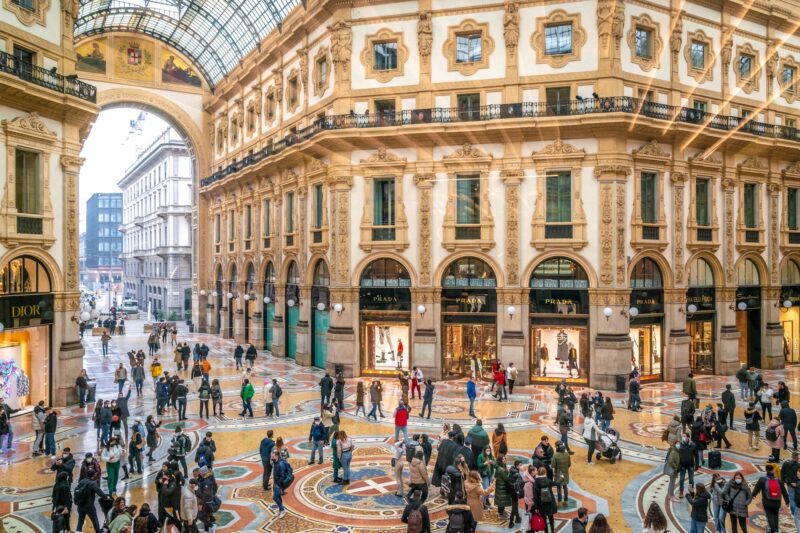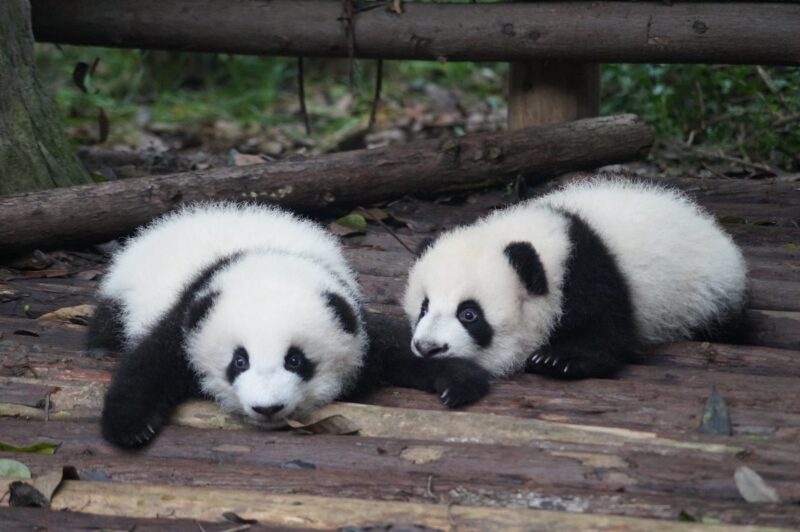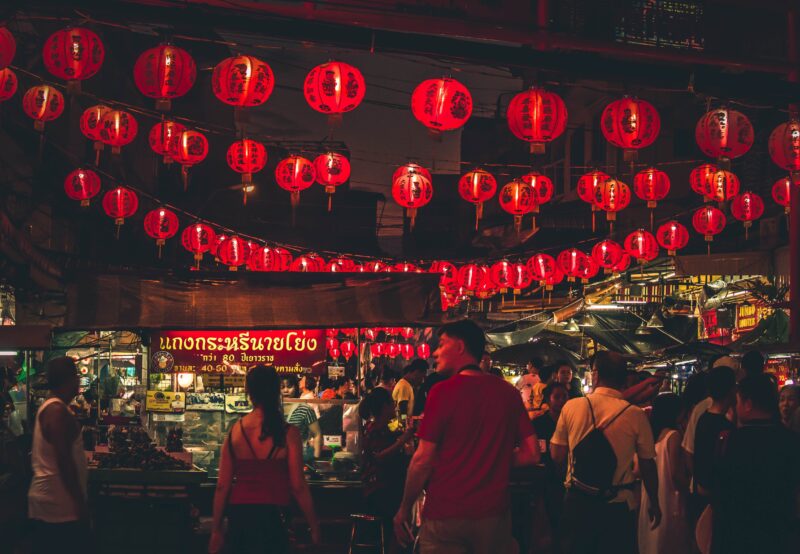The cosmetics industry in China witnessed burgeoning growth in 2022, with monthly average views hitting 100 billion on makeup tutorials in the past year, while both searches and live streaming views have increased over 50% yearly on domestic short-video platform Douyin (Chinese TikTok).
Cosmetics products in China have been largely dominated by e-commerce, with its online retail sales surpassing in-store retail for the first time in 2021. As such, a few insights can be gleaned from the impressive statistics behind the online cosmetics phenomenon.
First and foremost, C-beauty brands including Florasis and CHANDO have made it into the top ten list of highest views on Douyin, indicating the rising popularity of local beauty players. While the rest were foreign labels with premium brands making up more than half, such as Dior, Lancôme, Chanel, Estée Lauder, Yves Saint Laurent and SK-II.
Furthermore, the younger generation remain the dominant cohort but the user demographics have become more diversified with sports lovers and new parents joining in. It’s worth noting that, more than half of the users were from tier-3 and lower-tier cities, demonstrating the promising landscape of these regions.
Females have long been the driving force of China’s cosmetics market, amounting to nearly 2/3 of the user base. Their evolving consciousness around self-love and embracing individuality have been the main factors influencing the group’s purchasing decisions.
However, if we look to the male demographics, a noticeable trend can also be observed, with sales of male beauty supplies climbing by 73.7% yearly. Products like sunscreen, contour, eyebrow pencils and concealer were in high demand, while shaving foam and facial cleanser continue to be the protagonists.
In terms of makeup styles, users were in favour of gender neutral, Guochao and cyberpunk elements. Up to 25% of consumers are aged between 18 to 23 years old, and typically this age group want to showcase their own personalities and have open-minded thoughts.
When it comes to product categories, consumers are paying more attention to green products containing natural or nutritional ingredients, such as aloe, rose and vitamins. With local citizens having had to wear face masks constantly during the lengthy pandemic quarantines, many of them started to suffer from common skin concerns like allergies and acne. Therefore, these ingredients have been particularly beneficial for alleviating the symptoms. Additionally, fragrance products presented a steady increase, witnessing a 36.8% yearly growth in sales, with scents for stress relief gaining high popularity.
All factors listed above suggest that there is a lucrative cosmetics marketplace in China as local citizens continued to be enthusiastic about beauty products, and were not seriously impacted by COVID. To better appeal to Chinese consumers, cosmetics players may endeavour to focus on two main points. One of which is green products made of natural ingredients and the other is product innovation to cater to the varying consumers’ needs of Gen Z and the male cohort.









